We have been talking trash a lot lately. There was a post on trash birds and Kai recently really went for the knock-out by trashing our beloved hobby. Time for a friendlier view: why I absolutely adore sparrows. Adore? I love them!
What’s so adorable about sparrows, these common, ubiquitous little brown birds? I will give you three pretty good reasons, and you can make up your own mind.
1. Sparrows are interesting. If history’s most famous composer writes a Roman-Catholic mass dedicated to sparrows, you know they’re special. Wolfgang Amadeus Mozart was inspired by his pet sparrow to write Missa Brevis in C major ‘Spatzenmesse’, K. 220, check it out. American readers will know the “Beethoven bird”: White-throated Sparrow, which isn’t a sparrow but a bunting. It is also a dreadful example of cultural appropriation, which I will forgive because Beethoven rocks to the point of rolling over and all sparrows are cool!
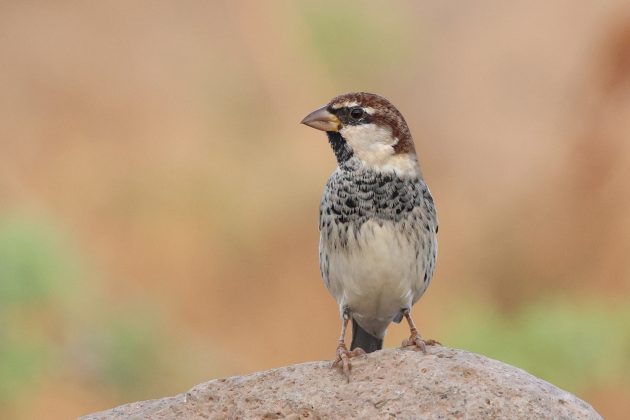
You’re not into music? Not a problem, I have other interesting facts. Although my love focuses on the House Sparrow there are many other sparrows. The Old World Sparrow family (Passeridae) has 41 members. It includes the sturdy and uber-tough Montifringilla species, the snowfinches of high mountainous terrain. Closer to sea level we can find the lovely Eurasian Tree Sparrows, which are birds of wooded agricultural landscapes. I always feel they are more common in Central Europe than the House Sparrow so I think the landscape favours them.
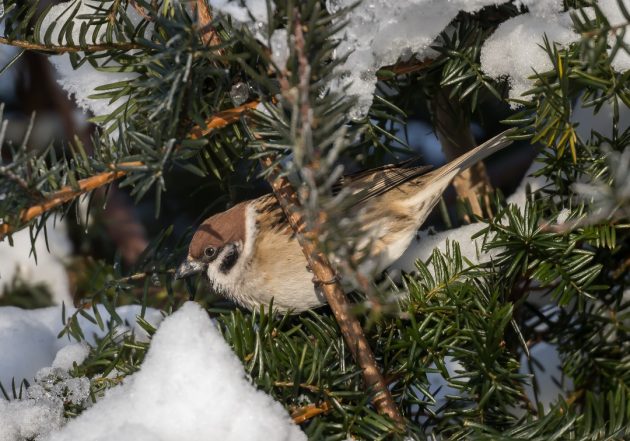
Then there’s the Dead Sea Sparrow with a bit of yellow and the Sudan Golden Sparrow, completely yellow. Both species bring that dash of war-zone excitement to your birding. No, sparrows are not boring.
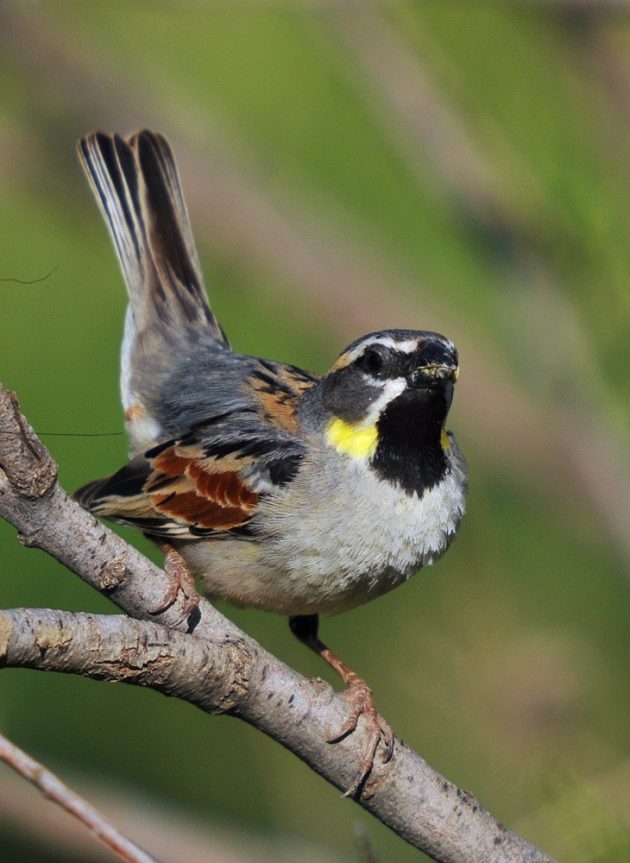
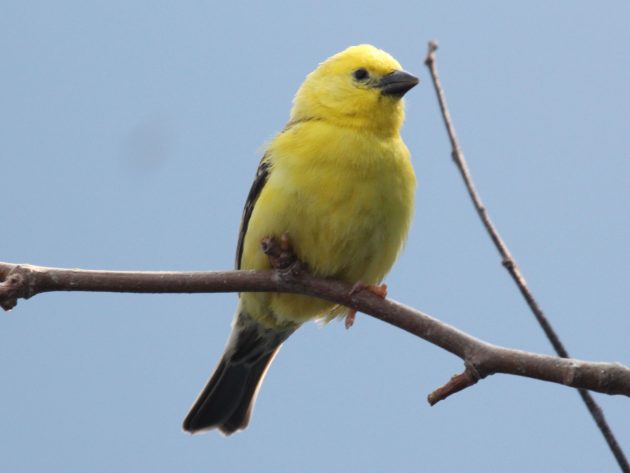
Still not convinced? To paraphrase Middle-Eastern freedom fighters, apart from inspiring composers, inhabiting a great variety of landscapes, being colourful and bringing the thrill of near-death: what have the sparrows ever done for us? Answer: they give us identification challenges… I like tricky identification puzzles – little brown jobs are my favourites and what’s littler and browner than our friend the sparrow?
A Euro-centric example. The brown cap distinguishes Eurasian Tree Sparrows from House Sparrows in many cases. But beware! In southern Europe the Spanish Sparrow also has a brown cap (and in Africa there’s a whole suite of brown-capped sparrows). Fortunately, the Spanish Sparrow looks like a seventies Italian male in a speedo – lots of black chest hair.
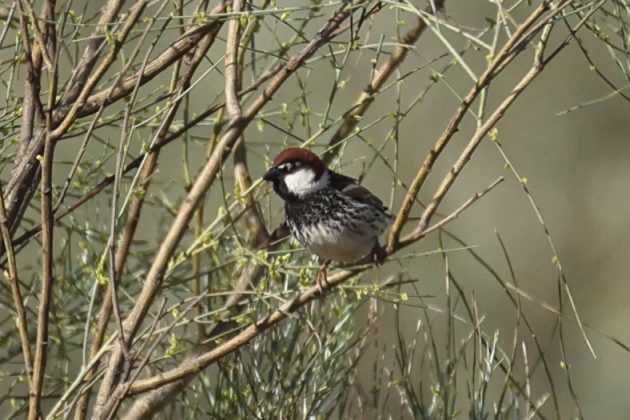
A test case. Looking at these two (in moult – we don’t want things to be easy). That’s a grey cap.
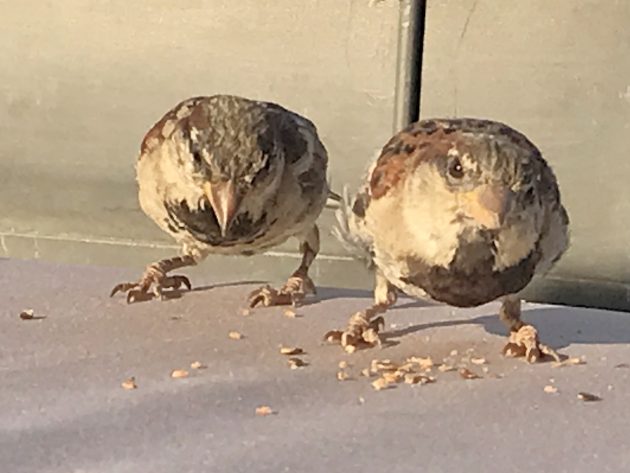
But when these two gentlemen turn sideways we see a brown cap, different bird? No, the side of a House Sparrow‘s head is brown too. But there’s a a white supercilium, which House Sparrow doesn’t have, and a black chest, so Spanish Sparrow? However, Spanish Sparrow should have the black on the chest linked with the black on the shoulder. Italian Sparrow? Nope, we are looking at southern Bulgarian sparrows. Hybrids? Maybe. It’s all rather interesting, if not challenging.
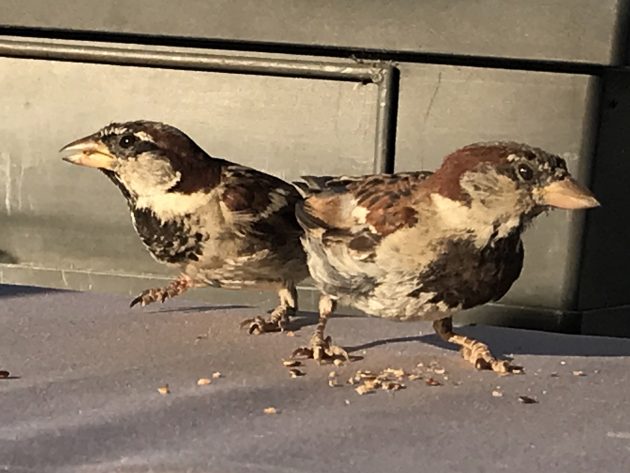
2. Sparrows are everywhere. I don’t know about you, but the chirping sound of sparrows is the soundtrack of my youth. Sparrows were indeed ubiquitous. When I hear sparrows, I remember the warm summers of the mid-seventies. Other people my age will remember the mid-seventies’ soundtrack differently. Theirs will feature ABBA or worse, Gary Glitter. There’s that chest hair again…
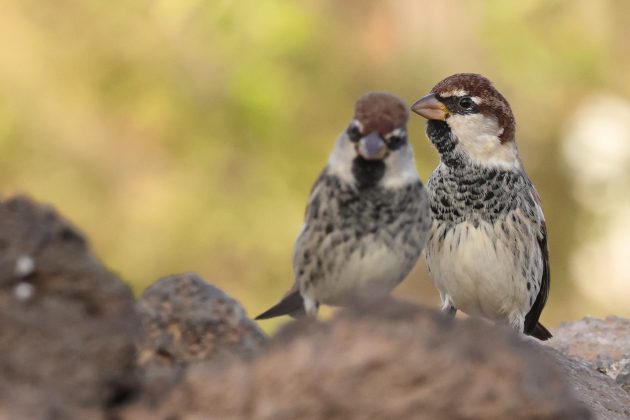
Sparrows also provide instant recognition for the (business) traveller in foreign places – often it is their chirping that may be the only familiar sound in an otherwise bewildering soundscape. Along with European Starling and Feral Pigeon, they are like us: annoyingly present at all times. Being upset with sparrows is like being upset with humans, with the humans undoubtedly more deserving of such criticism.
3. Sparrows are our only true friends. There are many bird species who enjoy our amenities. Our agricultural fields (used to) provide food and habitat. Our cities provide food and cliff edges for Peregrine Falcons. Common Swifts breed under our roofs or in other structures. All these birds are near but not close. Sparrows are close. House Sparrows gladly share our breakfast crumbs, but politely, not like feathered terrorists.
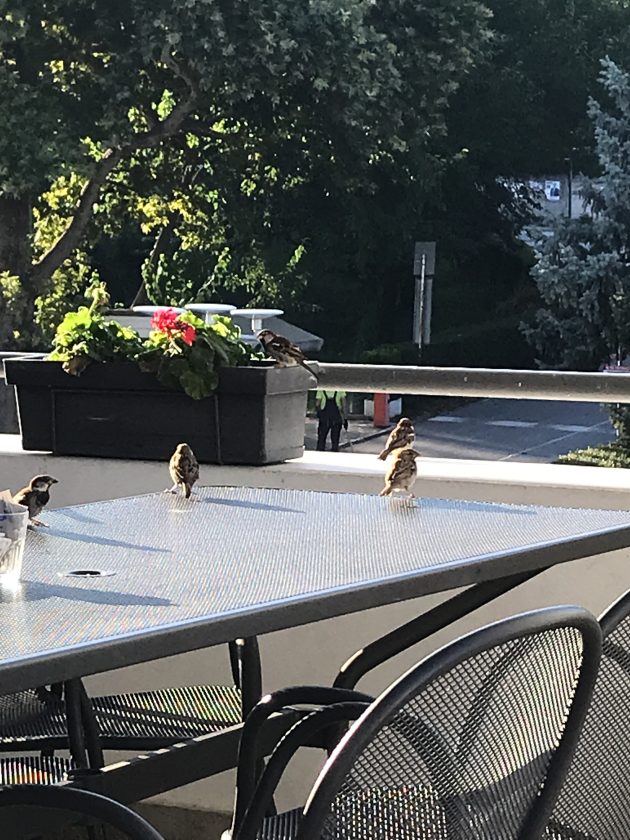
They need us and I believe we need them. A small friendly avian friend in a harsh and unfriendly world. Alright, I will stick my neck out with a bold statement: sparrows are the avian counterpart of dogs – unconditionally loving the undeserving you-know-whats that we are.
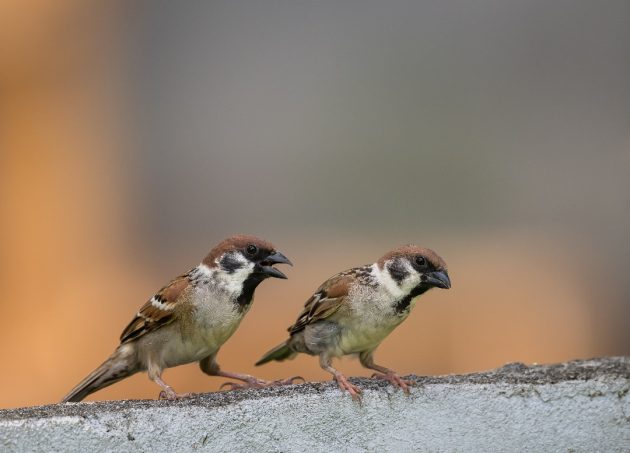
Sparrows have more to them than meets the eye. Have you noticed that I wrote about House Sparrows but that not a single picture features a specimen of this species? If you hadn’t noticed, there may be some identification challenges chirping in your back garden right now.
Spanish Sparrow pics by José Leal, Tree Sparrows by Kai Pflug – as always with gratitude.
Source link
Facebook
Pinterest
Twitter
LinkedIn

